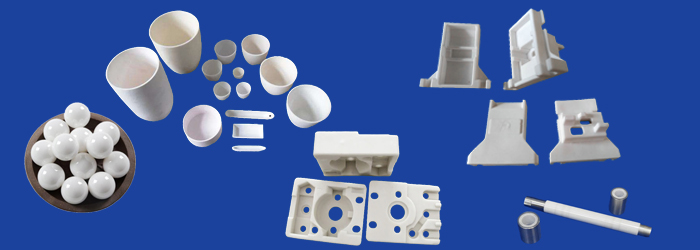Ceramic Paste Melting Temperature

A group of scientists from nust misis developed a ceramic material with the highest melting point among currently known compounds.
Ceramic paste melting temperature. Sintering can occur at low temperatures if enough pressure is applied. In the field of bonding materials for special optical instruments and metal precision instruments known as. Sintering is most often used in combining metals with high melting points and for creating custom metal forms with a 3d printer since the sintering temperature is so low. Wide melting temperature range.
All furnaces are ruggedly constructed and energy efficient and a wide range of temperature controls are offered for every type of use. The filler metal is heated slightly above its melting point so it flows but the temperature remains lower than the melting point of the ceramic metal joints. Due to the unique combination of physical mechanical and thermal. As stated before they tend to have very high melting points compared to most metals.
We ll take a closer look at some of the best materials for high temperature soldering and what makes them ideal for the hottest environments. Ceramics are refractory otherwise known as high melting point materials. It occurs naturally in its crystalline polymorphic. 350 c 1200 c.
Pyro putty high temperature ceramic metallic putties are used to seal joints and repair defects in cast aluminum cast iron steel and stainless steel. Formulated using the most advanced organic and inorganic ceramic resin technologies these advanced materials resist temperatures to 2000 f. Common ceramics include aluminum oxide melting point mp 3720 f titania 3245 f chrom. Broadly speaking uhtcs are borides carbides nitrides and oxides of early.
Aremco s econo heat furnaces are offered in standard sizes from 0 5 to 7 5 cubic feet for applications to 2350 f. Melting is commonly used for combining metals and for changing the physical characteristics of materials. Flux or an inert atmosphere is utilized to keep two surfaces that have joined and brazing material from oxidation during the heating process.


















